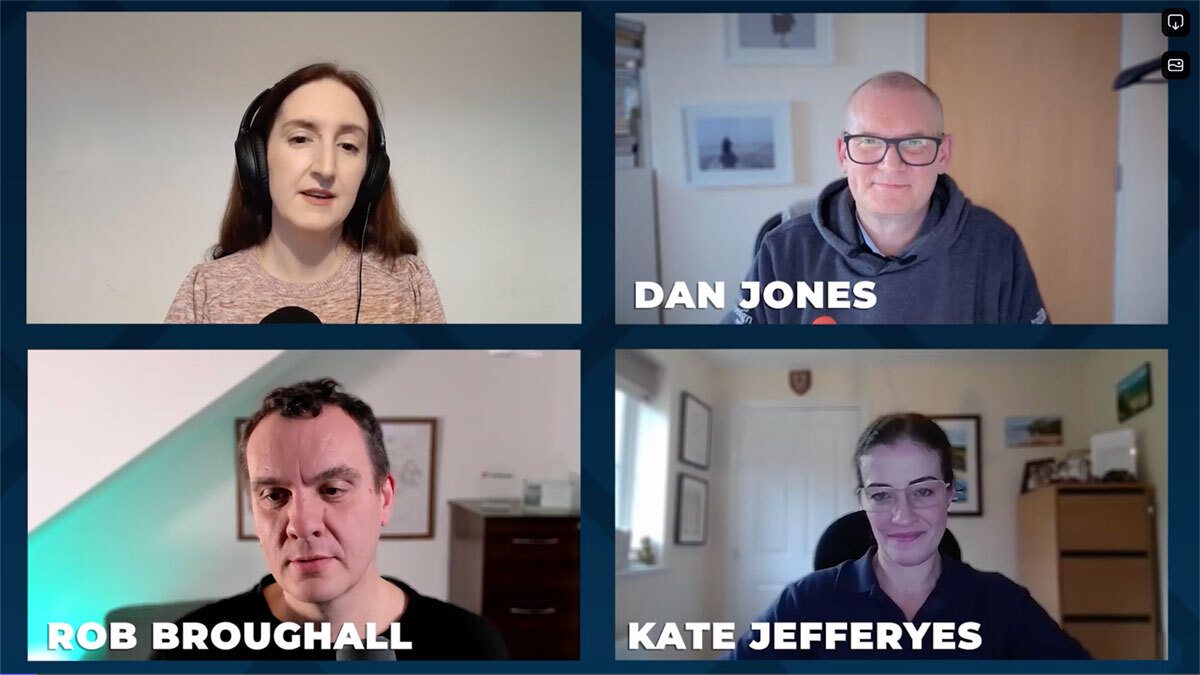Cisco layoffs show tech industry workforce “rebalancing” is well underway
The Cisco layoffs come at a time when big tech firms look to shake up role requirements


A pending wave of layoffs at Cisco points toward a new trend of workforce “rebalancing” as big tech firms look to contend with rapidly changing skills requirements, analysts have told ITPro.
Reports from Reuters last week revealed that thousands of roles will be cut as part of a workforce restructuring effort as Cisco looks to focus on “high growth” areas of the business.
What these high-growth areas might be remain unclear, though more details will likely be available soon as the company prepares for an earnings call in mid-February.
Workforce restructuring at big tech companies have become increasingly common in recent months, and since the beginning of 2024 thousands of jobs across the global tech sector have been cut as firms look to continue reducing headcounts.
While speculation over the underlying reasons for these cuts has been rampant, and often focused on the automation of roles, what is clear is that the latest wave of cuts show the dreaded ‘year of efficiency’ in 2023 will continue well into 2024.
Messaging from leading industry stakeholders does provide a glimpse into the reasoning here, however. In early January, Google chief executive Sundar Pichai told employees to expect more job cuts as the firm looks to shed staff, deliver revenue boosts, and “drive velocity” in key business areas.

Others have cited pandemic-era over hiring as the reasoning behind cuts, with firms still looking to shed staff brought on during more prosperous economic conditions.
Sign up today and you will receive a free copy of our Future Focus 2025 report - the leading guidance on AI, cybersecurity and other IT challenges as per 700+ senior executives
Bola Rotibi, chief of enterprise at CCS Insight told ITPro the reasoning behind these large-scale, forward-looking restructurings might have a lot to do with the changing nature of tech industry requirements.
“Let's face it, Silicon Valley has been laying people off left, right, and center,” she said.
“To a certain extent, a lot of them are laying off in areas that are not growth areas. They are looking at the growth areas of AI, cloud, infrastructure,” Rotibi added. “I think it’s a readjustment”
It’s important to remember that while jobs are frequently being cut, new roles and opportunities are constantly emerging.
In October 2023, for example, Apple went on a hiring spree in the UK in an effort to improve its in-house AI talent.
Salesforce, which cut thousands of jobs in January 2023, announced it planned to begin rehiring for tech roles in September. In January, it was reported that this change in tactic had been paused.
SAP’s recent layoffs also point toward a growing trend of workforce regurgitation, with a particular focus on reskilling staff in areas such as AI and software development with the goal of moving them into other parts of the business.
RELATED WHITEPAPER

The German software giant revealed that although it plans to cut thousands of roles in 2024, a significant portion of affected staff will be retrained and redistributed around the business in key areas.
Rotibi noted that this could become a means for tech firms to shed staff while still ensuring they retain talent in high-growth business segments.
“I think, to a certain extent, we’re seeing [some sort of re-balancing] in terms of the types of roles that companies need,” Rotibi added.
“There may also be some ideas of retraining as well, because that’s another thing that has to happen,” she said.
“Some people may be let off in one area but, six months down the road, may be picked up in another area.”
Cisco is no stranger to job cuts, as a round of substantial layoffs in 2022 would suggest, though this recent announcement does come as a bit of a shock following the marked optimism on display at Cisco Live in Amsterdam last week.
The company made several announcements over the course of the event, such as the enhanced visibility of its ThousandEyes platform and its AI-focused partnership with Nvidia. At no point did it hint at impending job cuts.

George Fitzmaurice is a former Staff Writer at ITPro and ChannelPro, with a particular interest in AI regulation, data legislation, and market development. After graduating from the University of Oxford with a degree in English Language and Literature, he undertook an internship at the New Statesman before starting at ITPro. Outside of the office, George is both an aspiring musician and an avid reader.
-
 Cisco promises AI training for a million Americans
Cisco promises AI training for a million AmericansNews The company joins Amazon, Google, and Microsoft in support of the government's Pledge to America's Youth – Investing in AI Education
-
 Software engineers among hardest hit in latest Cisco layoffs
Software engineers among hardest hit in latest Cisco layoffsNews A significant portion of job cuts affect staff in software engineering roles, documents show.
-
 Cisco names Oliver Tuszik as global sales chief
Cisco names Oliver Tuszik as global sales chiefNews Cisco has announced the appointment of Oliver Tuszik as its new executive vice president of global sales, who replaces Gary Steele.
-
 Cisco wants to train 1.5 million Europeans in digital skills
Cisco wants to train 1.5 million Europeans in digital skillsNews Cisco has unveiled plans to provide free training to 1.5 million people across the EU as part of a major digital skills drive.
-
 "Our goal is to transform partner success": Cisco just announced a major overhaul of its partner program – here’s what you need to know
"Our goal is to transform partner success": Cisco just announced a major overhaul of its partner program – here’s what you need to knowNews The Cisco 360 Partner Program promises to accelerate the value partners bring to customers, reimagined to boost skills and innovation
-
 Meta layoffs hit staff at WhatsApp, Instagram, and Reality Labs divisions
Meta layoffs hit staff at WhatsApp, Instagram, and Reality Labs divisionsNews The 'year of efficiency' for Mark Zuckerberg continues as Meta layoffs affect staff in key business units
-
 Cisco’s ‘savvy’ CoreWeave deal will supercharge its AI ambitions
Cisco’s ‘savvy’ CoreWeave deal will supercharge its AI ambitionsAnalysis Experts told ITPro the move could be an attempt to strengthen Cisco’s AI footprint
-
 Cisco layoffs cut deeper than expected as firm ramps up AI focus
Cisco layoffs cut deeper than expected as firm ramps up AI focusNews The move marks the second round of Cisco layoffs so far this year, with 7% of its global headcount expected to be cut

